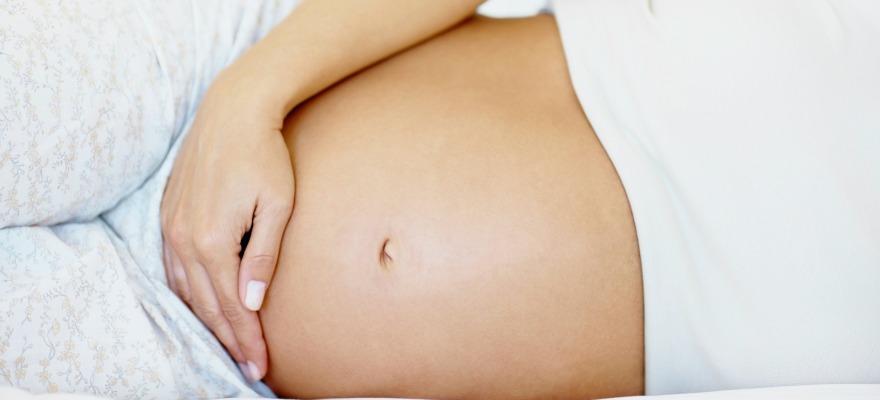Ensuring all parties are consenting to testing
We are often asked if the mother should provide her DNA, after all she knows she is the mother. In the past it was critical to provide the mothers DNA because labs tested 16 areas of the DNA. Today at DNA Worldwide we start by testing 21 areas and test up to 68 areas. This means even without the mothers DNA we get conclusive and clear results.
We still like to test the mothers DNA if possible. And for home paternity tests we allow the mothers DNA to be tested Free of Charge. We do this because it ensures everyone is aware and consenting to the testing. For legal tests it is not essential if one party is not co-operating.
There is an exception to this which is where the father may have a mutation in his DNA causing a single mis-match between the father and child, if we find this then the mother must be tested and we advise clients who have not submitted the mothers DNA of this fact.
Please note that if you have a test with another firm then they probably test just 16 DNA Markers and you would need to provide the mothers DNA sample.
For extended family tests then testing the mother's DNA increases the likelihood of a conclusive result for any DNA test - including siblings, aunt/uncles or grandparents and we strongly advise it for these tests.
Why is it so important?
With the exception of our Laboratory who test twice the amount of DNA than other labs a DNA paternity tests analyse up to 15 locations looking for matches between the alleged father and child. All markers must reflect a match (or mutation) or the alleged father is not the biological father. Each match receives a paternity index value indicating the strength of the match; the more unique the match, the higher the index. The probability of paternity is calculated using all of the paternity index values.
Most DNA paternity tests that examine only an alleged father and child show a conclusive probability of paternity; usually 99.99% when the alleged father is included as the biological father or 0% when he is not the father. In some cases, the matches between an alleged father and child provide an inconclusive result. Having the mother's DNA would provide a conclusive result.
In such instances, DNA Worldwide requests DNA samples for the biological mother. If she is unavailable, the test result remains inconclusive. With the mother, DNA paternity testing almost always provides a strong, conclusive result. Even when results are conclusive, including the mother further strengthens the DNA test conclusion.
Case Studies
For example, consider the following case:
| Locus | Biological Mother (not tested) | Alleged Father | Child | Parentage Index |
| D2S1338 | -- | 12, 13 | 10, 12 | 1.845 |
| D2S1358 | -- | 8, 11 | 11, 14 | 2.714 |
| D8S1179 | -- | 21.2, 32 | 19, 21.2 | 2.675 |
| D19S433 | -- | 15, 18 | 12, 15 | 7.338 |
In this case, the probability of paternity is 98.2896% (the product of all the parentage indexes). The result is inconclusive (because it must be greater than 99% or 0%), yet the alleged father and child match at all locations. Now, add the biological mother's sample to the DNA paternity test:
| Locus | Biological Mother (Mother A) | Alleged Father | Child | Parentage Index |
| D2S1338 | 8, 10 | 12, 13 | 10, 12 | 3.489 |
| D2S1358 | 14, 17 | 8, 11 | 11, 14 | 5.114 |
| D8S1179 | 15, 19 | 21.2, 32 | 19, 21.2 | 3.619 |
| D19S433 | 8, 12 | 15, 18 | 12, 15 | 15.309 |
The probability of paternity increases to 99.9541%. Why? In the first example, one of the two markers from the child and alleged father match at each location. However, we don't know which of the child's markers comes from his mother and which must come from his father. By testing the child's mother, we see which of the child's markers must have come from the father. In the second table, the paternity index is increased.
Not only does the child match the alleged father, but the match is with the marker that must have come from the child's true biological father (since we can see which marker came from the child's mother). In fact, the index value is higher at each location because the biological mother participated in the DNA test.
But, what if the mother's DNA produced different markers?
| Locus | Biological Mother (Mother B) | Alleged Father | Child | Parentage Index |
| D2S1338 | 8, 12 | 12, 13 | 10, 12 | 0.000 |
| D2S1358 | 14, 17 | 8, 11 | 11, 14 | 5.389 |
| D8S1179 | 21, 21.2 | 21.2, 32 | 19, 21.2 | 0.000 |
| D19S433 | 12, 15 | 15, 18 | 12, 15 | 0.786 |
With this data, the probability of paternity becomes 0%. The alleged father is not the child's biological father. The biological mother must match the child at all locations. We can see that this alleged father does not truly match the child's markers that must have come from the child's true biological father. In some places where he appeared to match the child's markers, the markers clearly come from the biological mother.
Note that there are still some matches between the alleged father and child. If this alleged father is truly the biological father, he must match at allocations (almost any two people will have at least some matches, but a father-child relationship will show matches at all locations). Even a few mismatches can be enough to exclude the alleged father from being the child's biological father. In this case, DNA testing the biological mother turns an inconclusive result to a definite "no" - this alleged father cannot be the child's biological father.
IMPORTANT: Including the biological mother in any DNA test, even grandparent or sibling DNA testing, similarly strengthens the DNA test results probabilities.With Paternity testing thanks to the extended markers DNA Worldwide test - you no longer need to.



.jpg)

.jpg)


